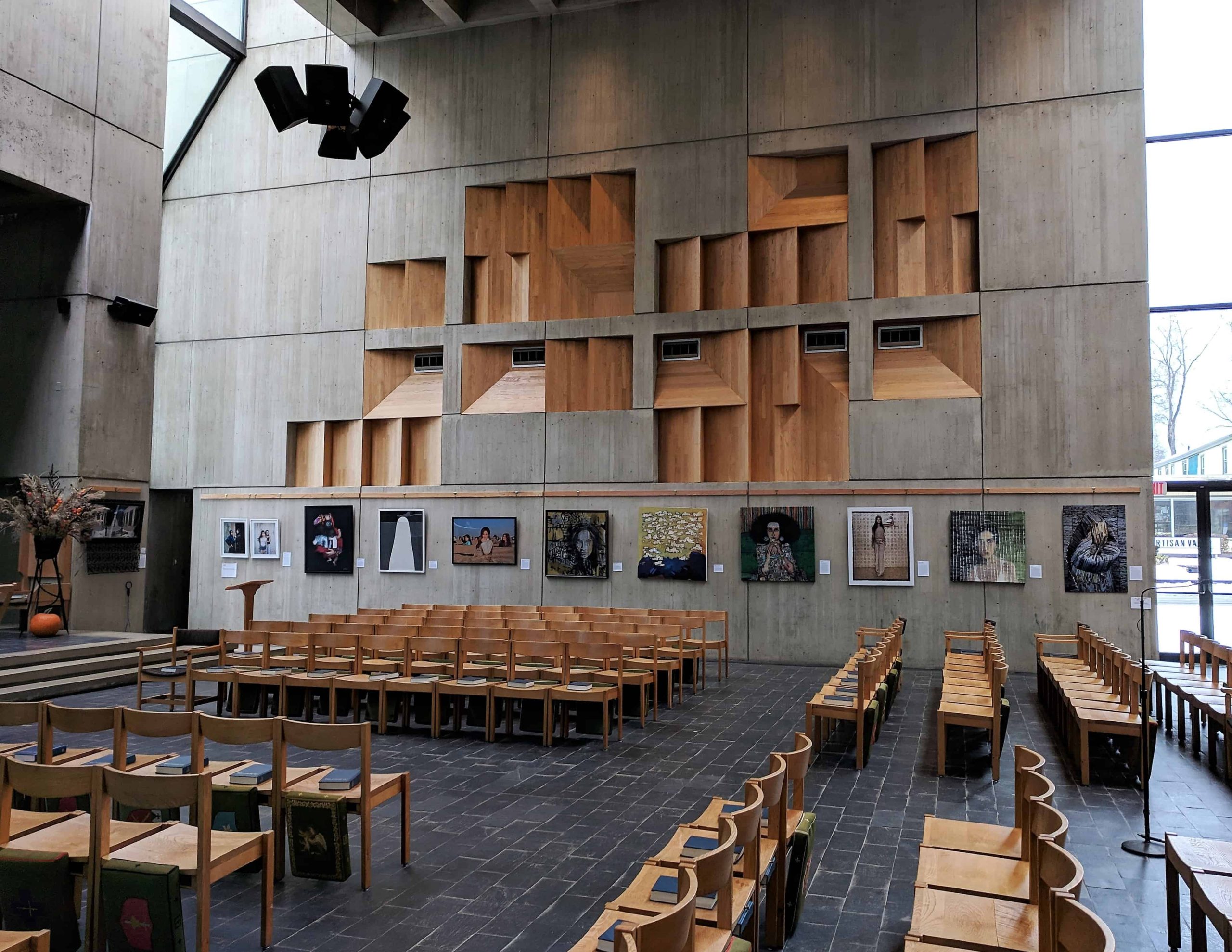
28 Jan The History of Art Collections and Their Display
Art has played an integral role in human history, serving as a profound reflection of our evolving culture and values. The concept of art collections, curated assortments of creative works, provides a unique lens through which we can explore the dynamic relationship between individuals, societies, and their artistic expressions. From ancient civilizations’ ritualistic displays to the Renaissance’s celebration of individual genius, the history of art collections unfolds a narrative of societal shifts, technological advancements, and changing artistic sensibilities.
In the 21st century, the landscape of art curation has undergone a radical transformation, embracing dynamic and interactive exhibitions that incorporate technology seamlessly. Virtual reality experiences, digitization of collections, and multimedia installations have ushered in a new era where the appreciation of art extends beyond physical boundaries. Art collections today not only preserve cultural heritage but also serve as bridges connecting diverse communities through shared narratives.
Early Forms of Art Collection and Display
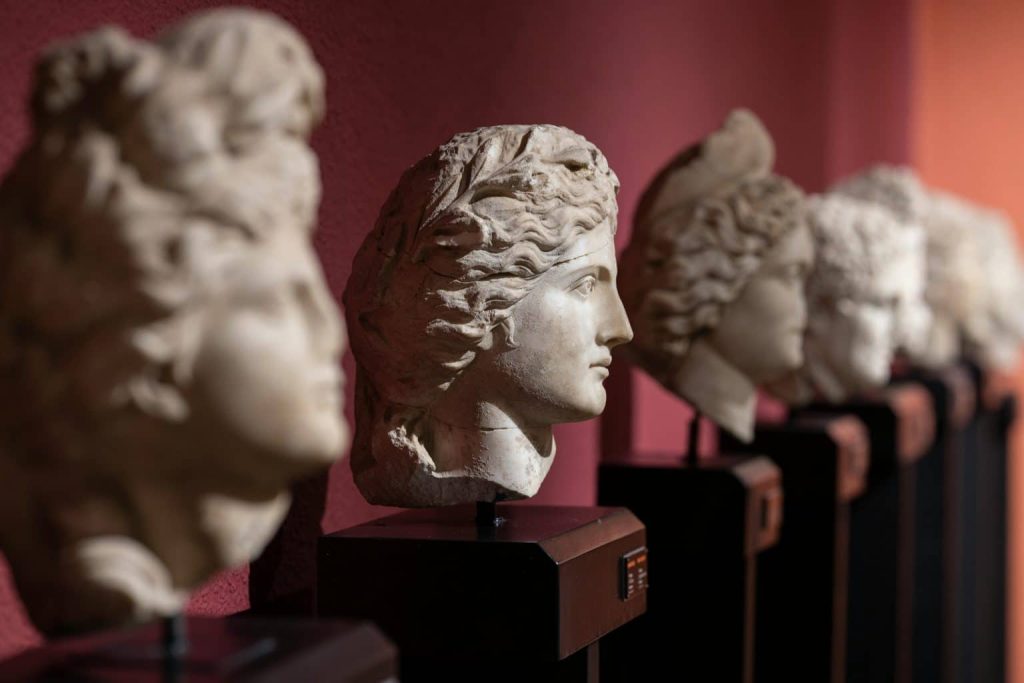
Photo by Engin Akyurt
Prehistoric and Ancient Civilizations
In prehistoric and ancient civilizations such as Egypt, Mesopotamia, and China, the concept of art collections was deeply rooted in ritualistic and symbolic practices. These collections primarily consisted of objects housed in temples and tombs, serving a sacred purpose closely intertwined with religious beliefs. Art was not only a means of expressing devotion but also a reflection of the spiritual and divine aspects of life. Moreover, in these ancient societies, displays of power and wealth were manifested through looted artworks, underscoring the conquerors’ dominance over newly acquired territories.
Medieval Europe Art Collections
The medieval period in Europe marked a significant shift in the nature of art collections. Religious icons were seamlessly integrated with valuable objects within churches and abbeys, creating an environment where spiritual significance was closely linked to material wealth. Alongside the ecclesiastical settings, private collections belonging to the nobility began to emerge. These collections served dual roles, functioning not only as expressions of the collector’s elevated status but also as a means of preserving and showcasing familial lineage. The artworks within these collections became powerful symbols of both worldly prestige and spiritual devotion.
Renaissance and Early Modern Europe
The Renaissance era brought about a transformative evolution in art collections with the emergence of “Cabinets of Curiosities.” These cabinets were eclectic compilations that blended art with items from natural history and scientific artifacts. Unlike earlier periods, art in this era secularized further and found its place not only in religious institutions but also in palaces and private dwellings. These collections, often reflecting the intellectual curiosity of the time, embraced a wide spectrum of disciplines. The Renaissance and Early Modern Europe witnessed a departure from the strictly religious context of art, paving the way for a more diverse and interdisciplinary approach to collecting.
The Rise of Public Art Display
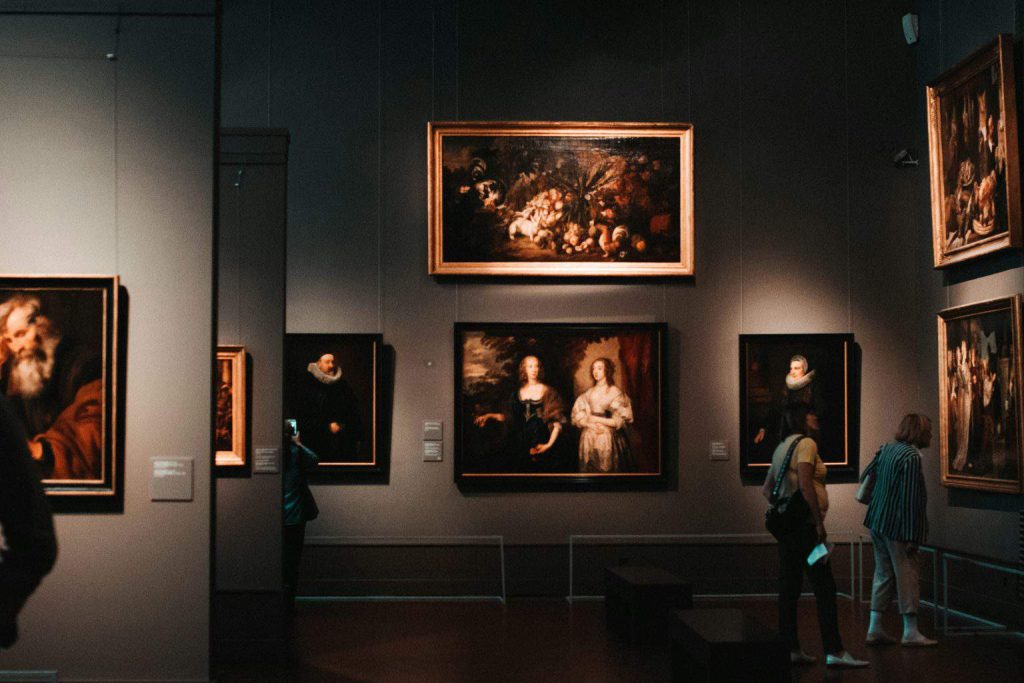
Photo by Artur Matosyan
18th Century Enlightenment of Art Collections
During the 18th century, a significant transformation occurred in the world of art collections with the emergence of public museums. This period saw a departure from the exclusive domains of royalty and aristocracy, as collections were repurposed for the broader public’s benefit. Notable institutions such as the Louvre in France and the British Museum in the United Kingdom symbolized this shift, focusing on the democratization of art and knowledge. These museums aimed to educate the public through curated displays that followed chronological progressions and presented national narratives, contributing to the dissemination of cultural heritage on a wider scale.
19th Century and the Expansion of Museums
The 19th century witnessed a further evolution in the museum landscape, characterized by the rise of national museums and specialized collections. This era saw a growing interest in the preservation and display of modern art, reflecting the changing artistic landscape. Romanticism played a pivotal role during this period, as the focus shifted towards the individual artist and the subjective experience of art. Museums became repositories not only for historical artifacts but also for the evolving expressions of creativity. Specialized collections dedicated to specific genres, movements, or artists became more prevalent, fostering a deeper understanding of the diverse facets of artistic expression. The 19th century laid the groundwork for museums to become dynamic institutions that continuously adapted to the evolving cultural and artistic currents of their time.
20th and 21st Century Shifts
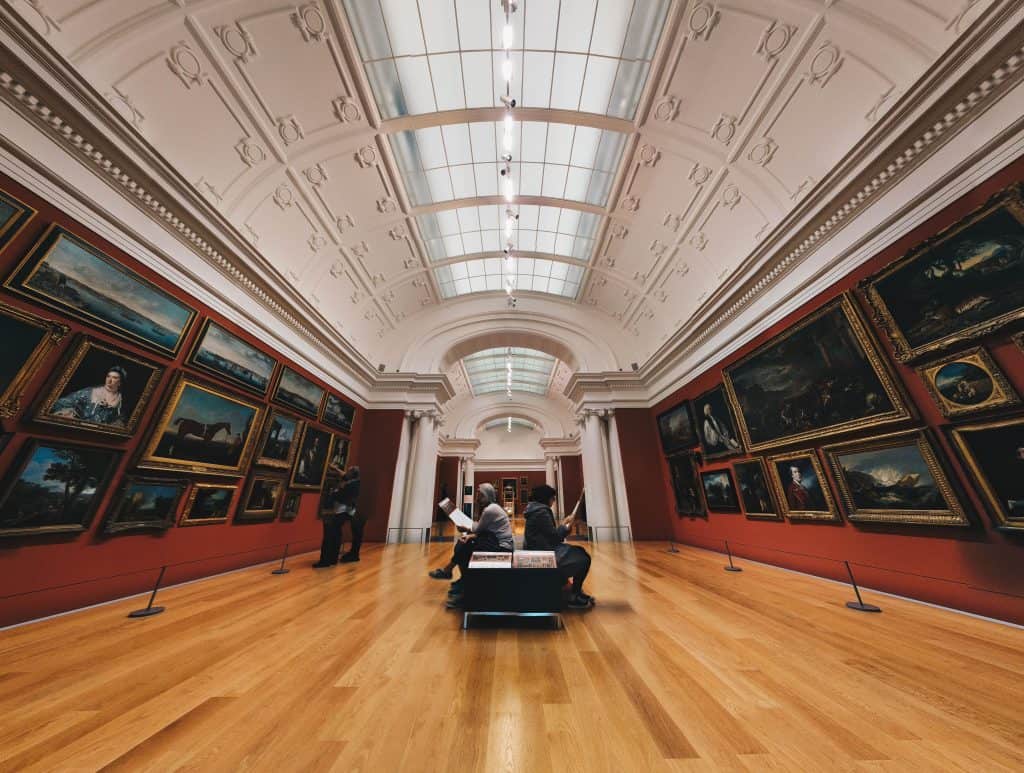
Photo by Dev Benjamin
Modern and Contemporary Art Movements
The 20th century witnessed a revolutionary transformation in the art world as artists challenged traditional display methods and museum structures. Modern and contemporary artists sought to break away from conventional constraints, embracing unconventional approaches that went beyond the confines of canvas and sculpture. Site-specific installations became a hallmark of this era, with artists creating immersive environments that transcended the boundaries of traditional exhibition spaces. Interactive exhibits became another avenue for artistic exploration, inviting viewers to actively participate in and contribute to the artistic experience. This shift marked a departure from passive observation, encouraging audiences to engage with art on a more personal and visceral level.
Globalization and Diversification
As the 20th century progressed and the world became increasingly interconnected, the art world responded by broadening its focus to include non-Western art and marginalized voices. This diversification was a conscious effort to move beyond Eurocentric perspectives and recognize the rich artistic traditions from various cultures. Museums and galleries became spaces that celebrated global artistic expressions, fostering a more inclusive and equitable representation. Additionally, the advent of digital collections and online exhibitions played a pivotal role in democratizing access to art. This technological shift broke down geographical barriers, allowing people from all corners of the globe to explore and appreciate art without the constraints of physical location. The digital realm became a platform for showcasing diverse voices, perspectives, and artistic practices, contributing to a more interconnected and accessible art world.
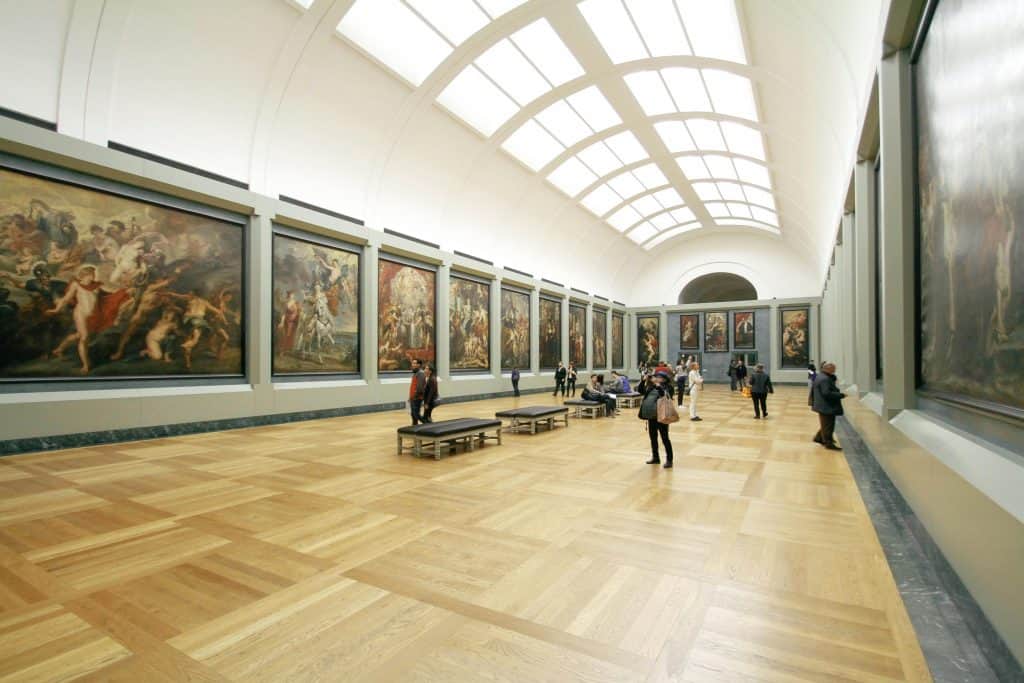
Photo by Riccardo
Conclusion
The history of art collections and their display is a rich narrative of human creativity and societal evolution. From ancient ritualistic displays to the opulence of medieval nobility and the enlightenment-driven public museums of the 18th century, art has undergone profound transformations. The 20th and 21st centuries witnessed a departure from traditional norms, with contemporary movements embracing site-specific installations and interactive exhibits. Globalization and the advent of digital platforms have further democratized access to art, breaking down barriers and fostering a more inclusive and interconnected art world. The essence of human expression remains at the forefront. The evolving canvas of art collections reflects not only aesthetic shifts but also the human desire to connect, share, and understand diverse perspectives. In the ongoing journey of art, the intersection of tradition and innovation promises to capture the ever-changing tapestry of human experience, ensuring that art continues to be a vibrant and accessible thread weaving through the fabric of our collective history.
Key Takeaways
Period | Characteristic |
Ancient Civilizations | Ritualistic and symbolic displays; demonstration of power and wealth through looted art. |
Medieval Europe | Integration of religious icons with valuable objects; private collections as status symbols. |
Renaissance and Early Modern | “Cabinets of Curiosities”; secularization of art in palaces and private dwellings. |
18th Century Enlightenment | Formation of public museums; educational focus on chronological progression and narratives. |
19th Century and Museum Expansion | Rise of national museums; influence of Romanticism; individual artist focus. |
20th and 21st Century Shifts | Modern and contemporary art movements challenge traditional methods through globalization. |
FAQs
How did art collections in ancient civilizations differ from those in medieval Europe?
In ancient civilizations, art primarily served ritualistic and symbolic purposes, finding its place in temples and tombs. Artworks were often religious in nature, contributing to the spiritual practices and beliefs of the society. These collections were not meant for public display but were rather integral components of sacred spaces. In contrast, medieval Europe saw a fusion of religious icons and valuable objects in art collections. These collections served dual purposes – conveying spiritual messages while also functioning as symbols of social status. Unlike ancient civilizations, medieval European art was often displayed in churches, palaces, and other public spaces, showcasing a more diverse range of subjects and themes.
How did the Enlightenment era influence the formation of public museums?
The Enlightenment era marked a significant shift in the accessibility and purpose of art collections. Private royal and aristocratic collections, once exclusive, underwent transformation into public museums during this period. Enlightenment thinkers believed in the power of education and sought to make knowledge available to the public. As a result, art collections were organized in a more systematic manner, often following chronological progression and national narratives. The concept of public museums emerged as institutions dedicated to the dissemination of knowledge and culture, embodying the Enlightenment ideals of reason, education, and accessibility.
What role did Romanticism play in the 19th-century art scene?
In the 19th century, Romanticism had a profound impact on the art scene by shifting the focus from traditional themes to the individual artist’s expression. Romantic artists sought to evoke emotion and emphasize personal experiences over classical rules and norms. This shift in perspective influenced the aesthetics of art collections, leading to a broader range of themes and styles. Romanticism encouraged artists to explore nature, emotions, and the fantastical, bringing about a more subjective and emotionally charged approach to art. This change not only altered the content of art collections but also transformed the viewer’s relationship with the artwork, encouraging a more personal and emotional connection.
How has technology impacted art collections in the 20th and 21st centuries?
Technology has revolutionized art collections in the modern era, introducing new forms of presentation and accessibility. Site-specific installations, interactive exhibits, and digital collections have become prevalent, providing immersive experiences for visitors. The emergence of online platforms has democratized access to art, breaking down geographical barriers and allowing people from around the world to engage with collections remotely. Virtual exhibitions, augmented reality, and virtual reality have expanded the possibilities for curators and artists to create innovative and dynamic displays. Additionally, technology has facilitated the preservation and documentation of artworks, ensuring their longevity and accessibility for future generations. The 20th and 21st centuries have witnessed a transformative integration of technology into the art world, enhancing both the creation and experience of art collections.
Discover ways to include and engage local communities in relevant and dynamic art projects and initiatives through the “Engaging Local Communities in Art Projects” guide and unlock the transformational power of art.

